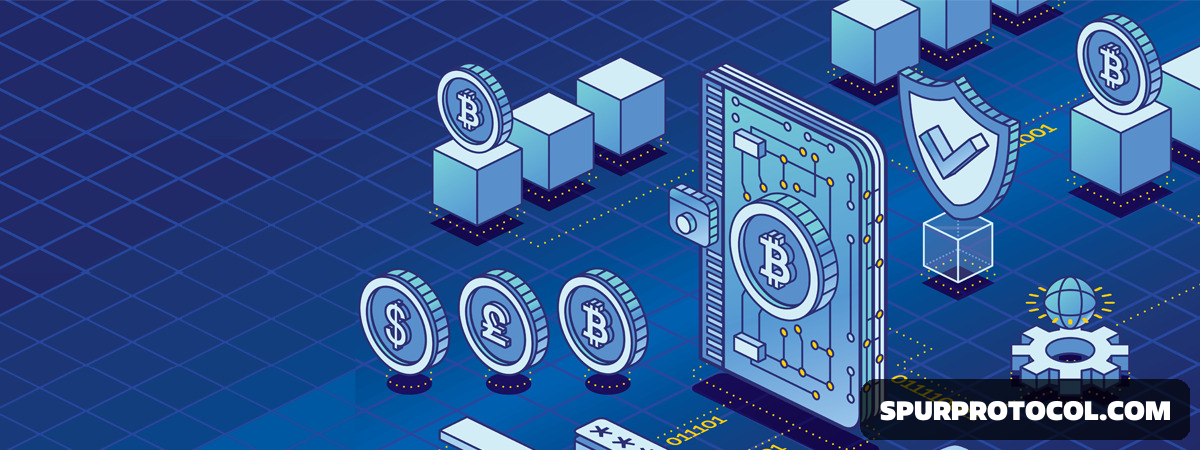Verifiable Delay Functions: The Hidden Mechanism Ensuring Fairness In Blockchain
Learn how verifiable delay functions (VDFs) secure blockchain fairness by introducing a predictable time delay and fast verification process, preventing manipulation and ensuring unbiased network decisions.
Go Back

🕒 6:29 PM
📅 Mar 09, 2025
✍️ By deshaune
In blockchain networks, fairness is key to keeping the system secure and trustworthy. One of the lesser-known tools that help maintain this fairness is the Verifiable Delay Function (VDF). VDFs work behind the scenes to ensure that decisions—like selecting who adds the next block—are made in a fair and unbiased way.
What Is a Verifiable Delay Function?
A Verifiable Delay Function is a type of cryptographic function that takes a specific, predetermined amount of time to compute—even if you have lots of processing power. The unique aspect of a VDF is that while it takes time to calculate the result, once the computation is complete, anyone can quickly verify that the result is correct. This two-part process (a time delay and a fast verification) makes VDFs especially useful in blockchain systems where fairness is crucial.
How Do VDFs Work?
Imagine you have a puzzle that must be solved step-by-step, where no shortcut exists even if you have many helpers. That’s what a VDF is like: it forces the computation to occur in sequence, meaning it can’t be sped up by using parallel computing. Once the puzzle is solved, a simple check confirms the answer is correct. This mechanism prevents any actor from gaining an unfair advantage by computing too quickly.
Why Are VDFs Important for Blockchain?
In many blockchain protocols, randomness is needed to decide, for example, who gets to add the next block or validate transactions. Without proper randomness, some participants might try to manipulate the system to their advantage—a tactic known as a “grinding attack.” VDFs help by ensuring that the randomness is produced fairly. Since the delay part of the function is both predictable and unavoidably sequential, it stops anyone from rushing the process to cheat the system.
By using VDFs, blockchain networks can create an unbiased, verifiable random beacon. This beacon can then be used to select validators or leaders in a way that is transparent and fair for everyone. In effect, VDFs act as a digital “time-lock” that adds an extra layer of security and integrity to blockchain operations.
Benefits of Using VDFs
Fairness: Since VDFs require a set amount of time to compute, no participant can jump the queue. This ensures that block creation or transaction ordering is unbiased.
Security: The inherent delay makes it much more difficult for attackers to manipulate or predict outcomes, reducing the risk of gaming the system.
Efficiency in Verification: Even though the computation takes time, verifying the result is quick and straightforward, which means the network can move forward without unnecessary delays.
Decentralization: By integrating a fair mechanism for randomness, VDFs help maintain the decentralized nature of blockchain systems. No single entity can control the outcome.
Challenges and Considerations!
While VDFs add a valuable layer of security, they are not without challenges. The primary drawback is that the intentional delay can slow down certain processes if not properly integrated. Blockchain developers must carefully design their systems so that the delay does not hinder overall performance. Additionally, as with any cryptographic method, ensuring that the function is secure against new types of attacks is an ongoing process.
The Future of VDFs in Blockchain
The growing interest in fair and secure blockchain networks means that VDFs will likely play an even more prominent role in the future. Researchers and developers are continuously refining these functions to make them more efficient and secure. As blockchain technology expands into new areas—from decentralized finance to digital identity verification—the need for robust mechanisms like VDFs will become increasingly important.
VDFs represent one of the many ingenious solutions that make modern blockchain systems resilient and equitable. By guaranteeing that every participant has a fair chance in the network, VDFs not only protect the integrity of the blockchain but also build trust among its users.
